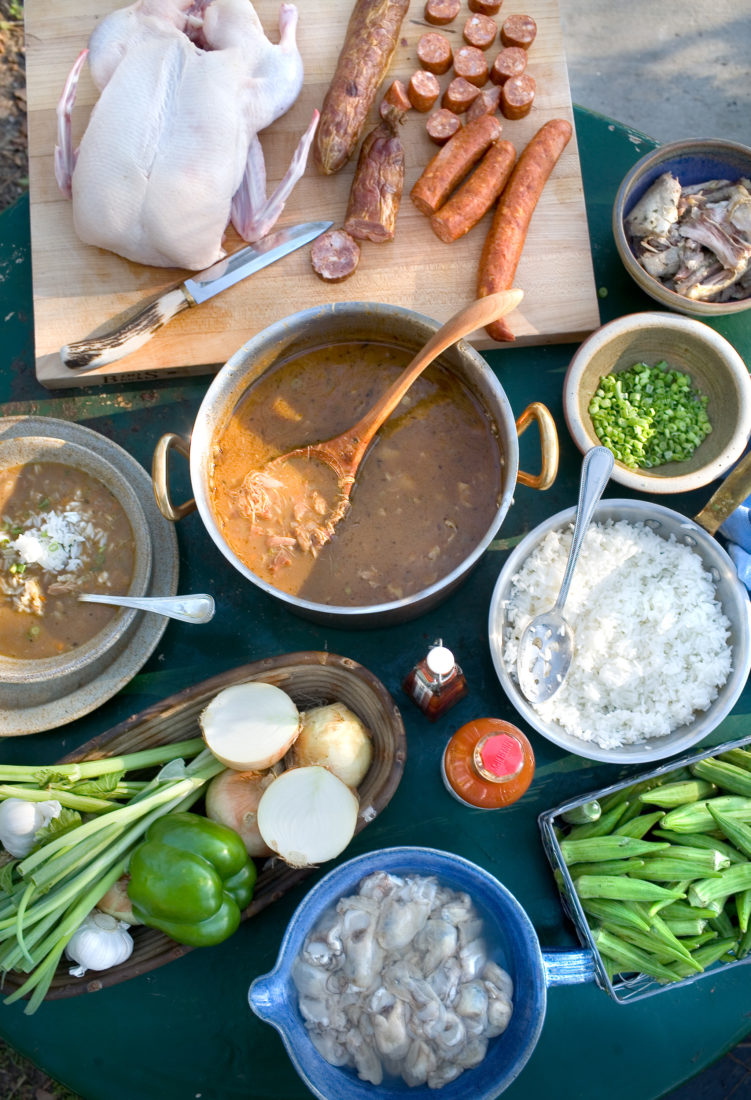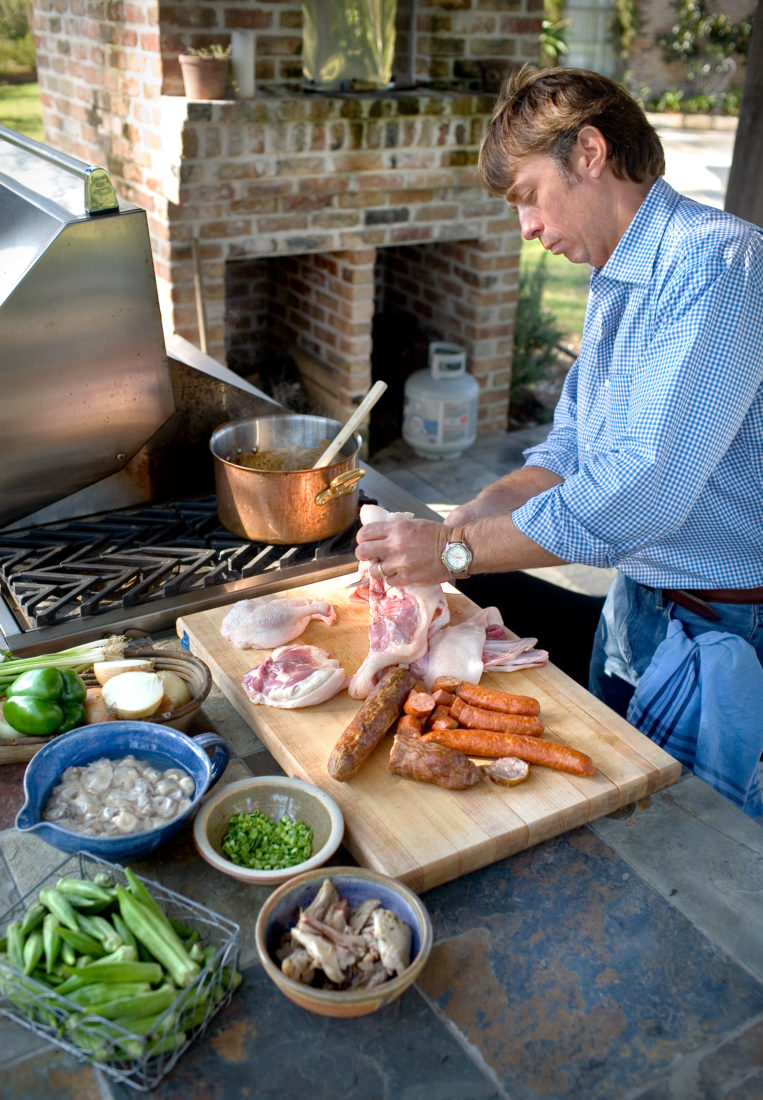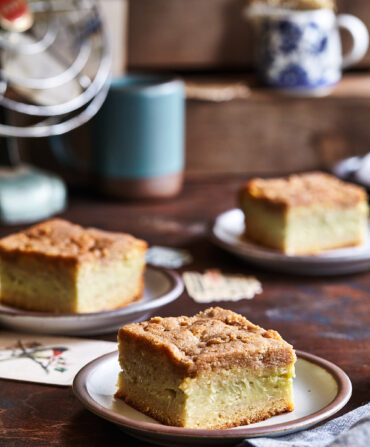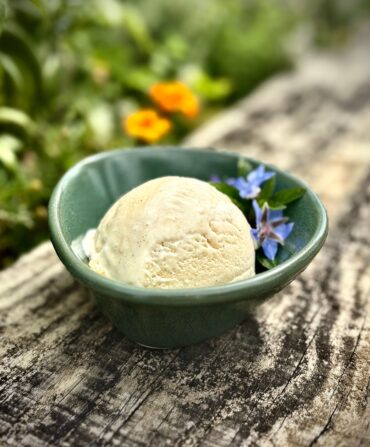New Orleans has been good to chef John Besh, whose flourishing restaurant group doubled in size despite Hurricane Katrina’s aftermath. And Besh, who grew up in Louisiana, has always returned the favor.
Following Katrina, when frying pans were as integral as hammers in getting the city running, Besh mobilized his employees—after rowing through the flooded streets to track down many of them—and fed thousands of workers in the decimated St. Bernard Parish. After Hurricane Gustav, the chef—assisted by only nine others from his workforce—made lunch for twenty thousand people a day stranded without food. “New Orleans has always been and will always be an incredible place to cook,” Besh says. “Food has more substance in New Orleans, more cultural significance because we have the only indigenous urban cuisine in the country.”
Busy as Besh is with four restaurants under his command (Restaurant August, Besh Steak, Lüke, and La Provence), when duck season rolls around, the avid hunter has one thing on his mind: gumbo. In the rich mythology of American regional food, gumbo resides in the domain of New Orleans, and the roots run deep. The cultures that settled the New Orleans area were dramatically different than in other American port cities, with little Anglican influence. “No matter where in the world our early settlers came from—France, Spain, Senegal, Haiti—and whether free or enslaved, they assimilated into the Creole culture, embracing everything from language to cooking,” Besh says. “That’s why our famous simple dishes like gumbo—the West African word for okra—have so many ingredients. Every culture stirred the Creole pot, adding a bit of its own.”
Photo: Chris Granger
1 of 5
Photo: Chris Granger
2 of 5
Photo: Chris Granger
3 of 5
Photo: Chris Granger
4 of 5
Photo: Chris Granger
5 of 5
Depending on who’s in the kitchen, NOLA gumbo can contain chicken, rabbit, turtle, sausage, shrimp, crabmeat, duck, or oysters. In the western part of the state, where ingredients are more humble and one bird is sometimes used to feed many, gumbo is thinner—the consistency of chicken soup—and served with a side of egg-rich potato salad, scooped into each bowl to serve as a thickener. “In any case, it’s a soulful, sustaining dish,” Besh says.
When the chef and his friends head down to their camp in Cameron Parish each winter, duck hunting may be the reason, but gumbo is the sport. “If we’re not competing with each other over it, we’re cooking it together,” Besh says. There’s always a stop at Black’s Oyster Bar in Abbeville for fresh shucked oysters, ready to drop into the pot at the last moment. Then it’s gun to duck; duck to gumbo.
But first comes the very soul of the gumbo: its roux. Born of a classical French culinary technique, roux is a cooked mixture of fat and flour used to thicken a sauce. In Cajun country, a roux might be cooked until it becomes a dark chocolatey brown, developing a smoky, nutty flavor that lends a distinctive undercurrent to the gumbo. The guys gather around the pot, a crawfish boiler suspended over a propane burner on the cabin’s porch. But since a roux is impossible to taste while it’s cooking—way too hot—there’s always some debating about when it’s done. Here’s where experience comes in. The mix for Besh’s gumbo takes about an hour to make, or in the words of his friend Blake, it’s a “three-beer roux.” Budweiser, Budweiser, Budweiser, and you’re good to go.












